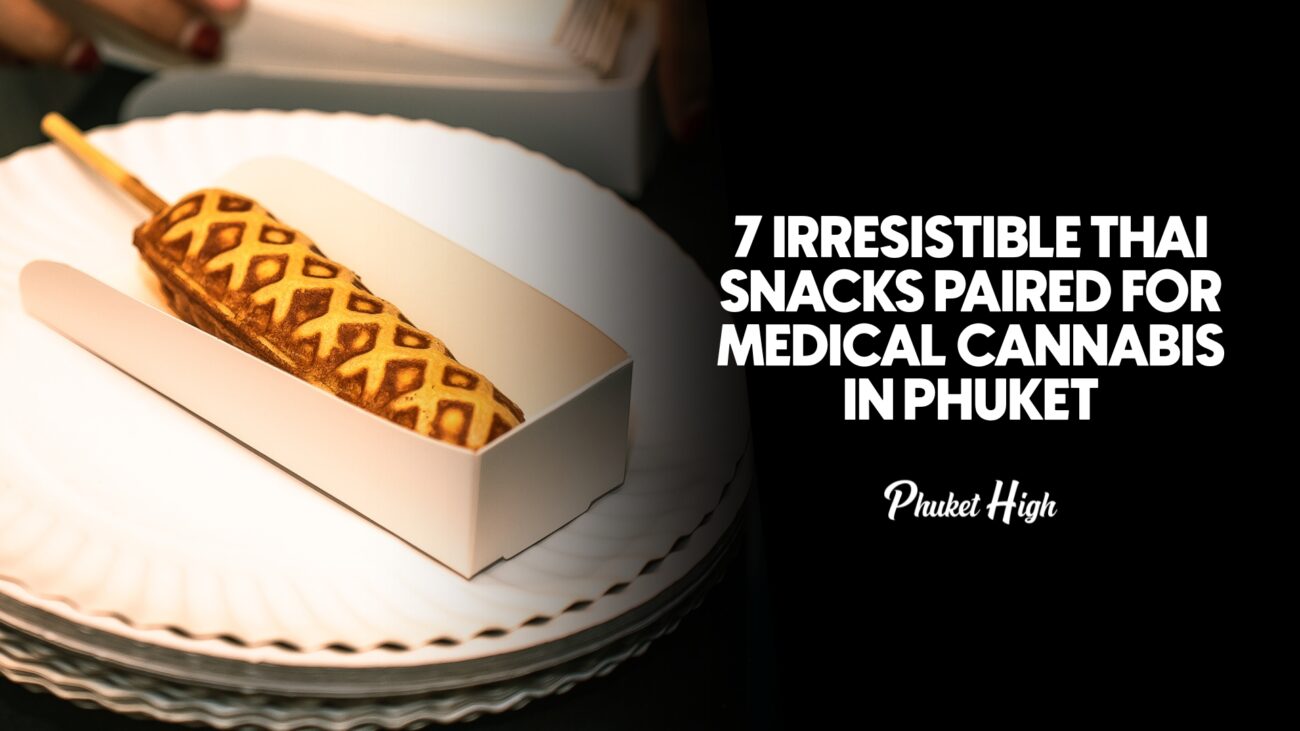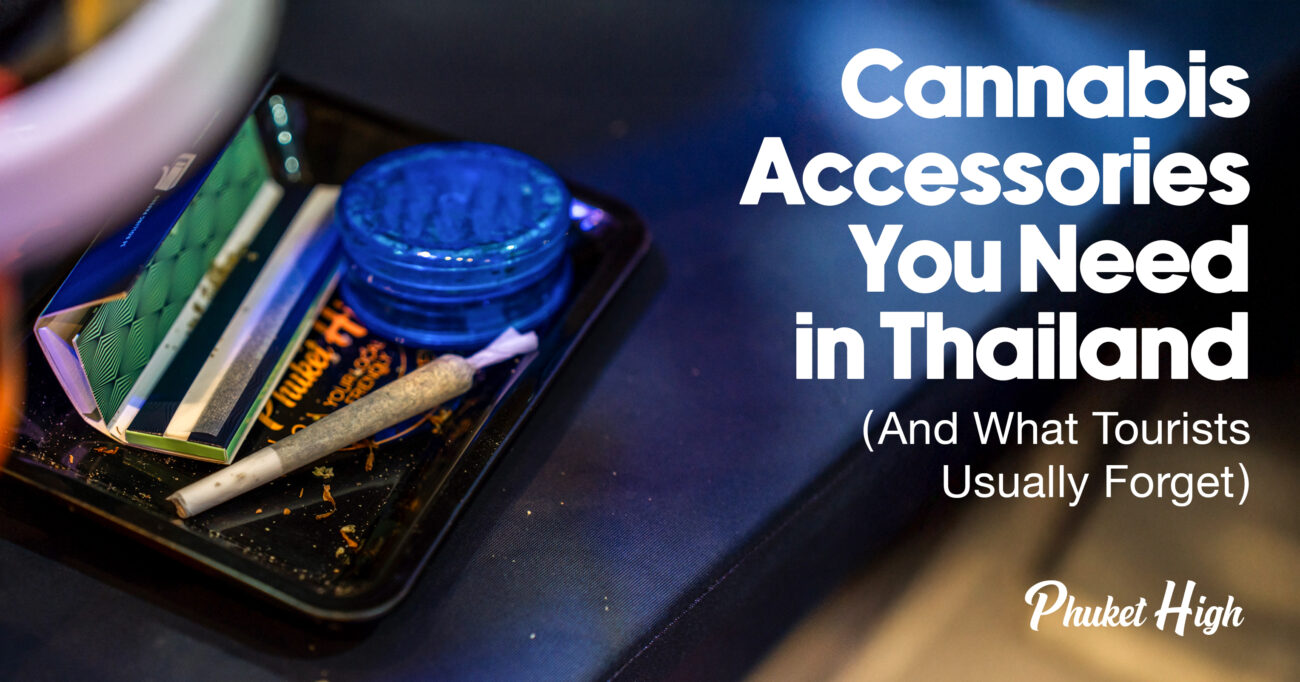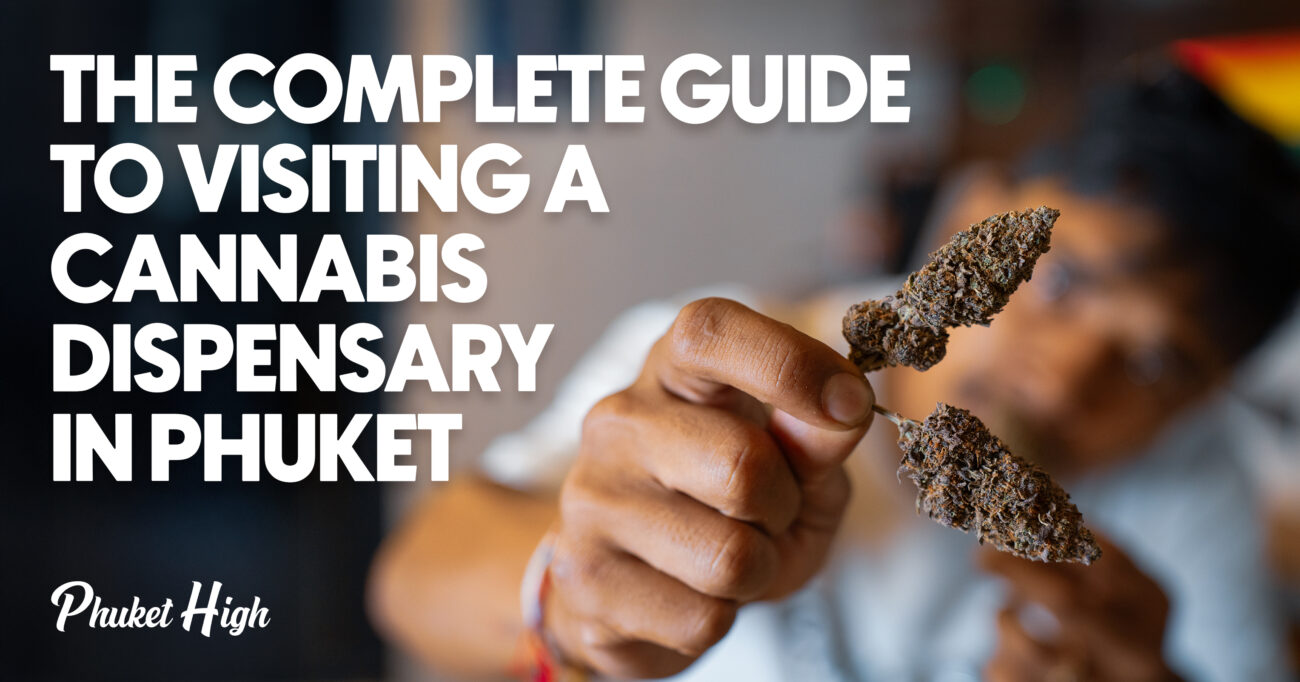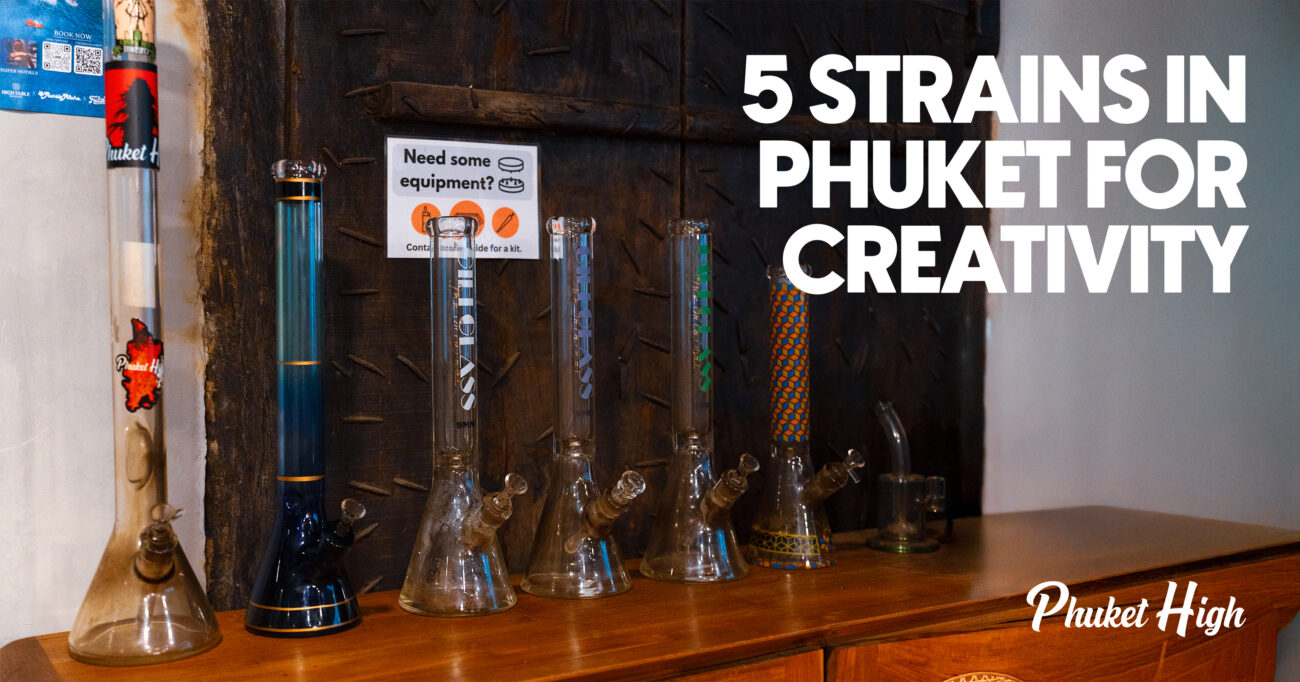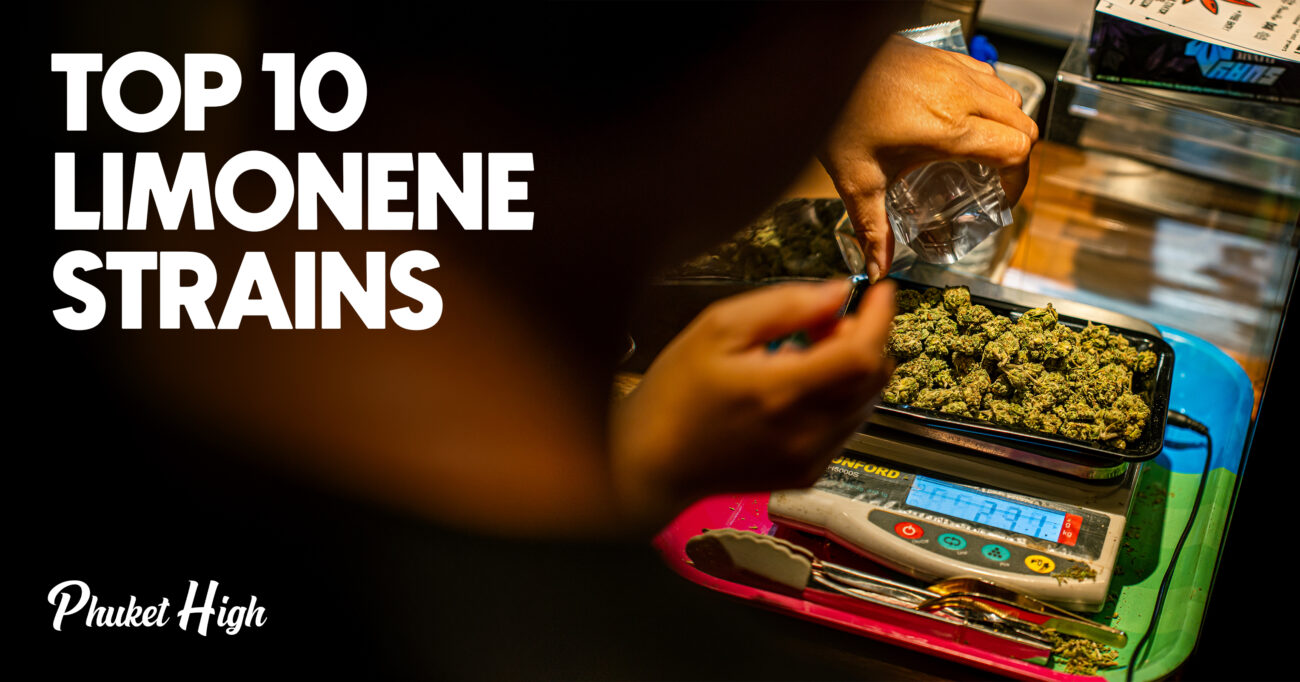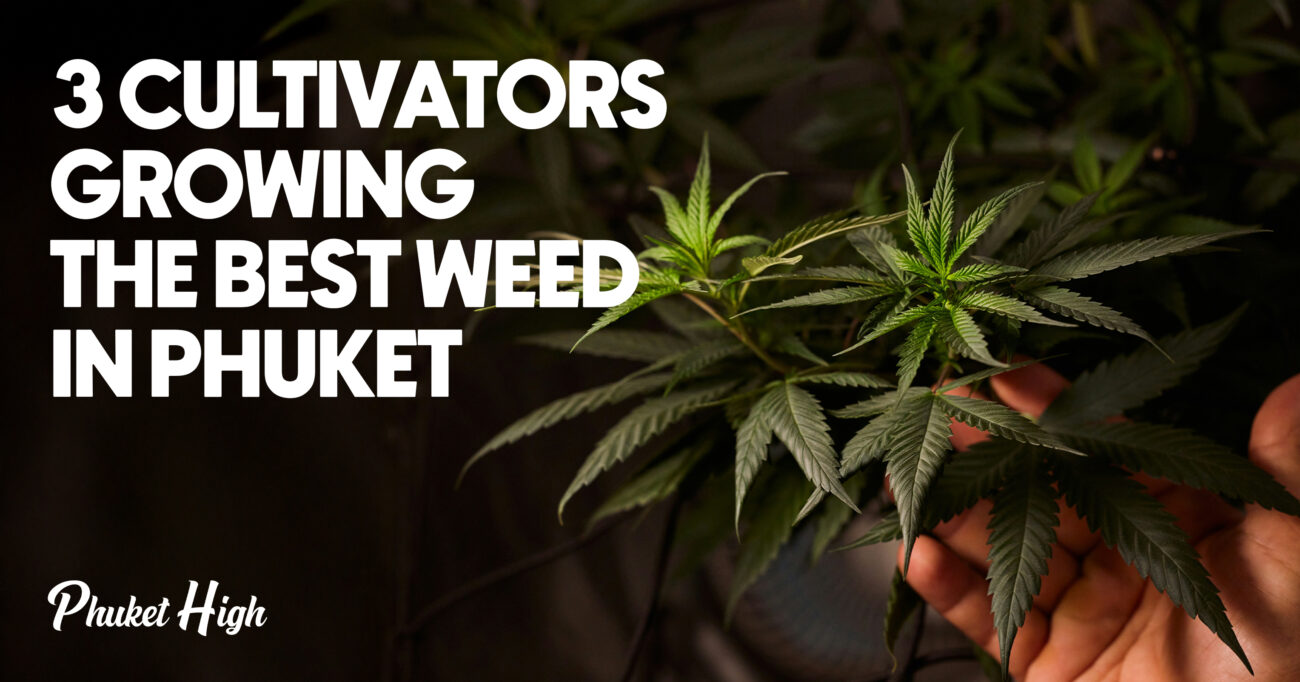Thailand’s rich history with cannabis stretches back centuries, intertwining with its cultural and spiritual practices. While the country has seen a recent resurgence in cannabis popularity, certain secret traditions remain deeply rooted in Thai stoner culture. These traditions offer a fascinating glimpse into the unique and resourceful ways Thais have enjoyed cannabis over the years. Here, we explore the intriguing practices of using bamboo bongs, cutting boards as grinders, and the revered Thai sativa landrace.
Bamboo Bongs: The Natural Choice
In the lush, green landscapes of Thailand, bamboo grows abundantly, and it didn’t take long for the locals to realize its potential as a natural tool for smoking cannabis. The bamboo bong, known as “baang” in Thai, is a testament to the ingenuity and connection to nature that characterizes Thai stoner culture.
Why Bamboo? Bamboo is not only readily available but also incredibly versatile. Its natural hollow structure makes it an ideal material for crafting bongs. Thai artisans often take a single stalk of bamboo, hollow it out, and create a mouthpiece and bowl. The result is a simple yet effective smoking device that has been used for generations.
Crafting Process The process of making a bamboo bong is an art in itself. The bamboo stalk is carefully selected for its size and thickness. After cutting the bamboo to the desired length, the inside is cleaned and hollowed out. A small hole is drilled near the base to accommodate the bowl, which can be made from metal, wood, or even clay. The mouthpiece is smoothed out to ensure a comfortable smoking experience.
Cultural Significance Bamboo bongs are not just practical; they are also a symbol of sustainability and respect for nature. In a country where Buddhism heavily influences daily life, using natural materials for such purposes aligns with the principles of mindfulness and simplicity.
Cutting Boards as Grinders: Resourceful and Practical
In traditional Thai households, specialized cannabis grinders were not commonly available. Instead, resourcefulness led to the use of cutting boards as makeshift grinders. This practice highlights the pragmatic and inventive spirit of Thai stoners.
How It Works The method is straightforward: a cutting board, usually made of wood, serves as the surface for breaking down cannabis buds. A sharp knife or cleaver is used to finely chop the buds, much like preparing ingredients for a meal. This technique ensures that the cannabis is evenly ground and ready for use, whether for smoking or making edibles.
Advantages Using a cutting board as a grinder offers several benefits:
- Accessibility: Every kitchen has a cutting board, making it an easily accessible tool.
- Control: The user can control the fineness of the grind, adjusting it according to preference.
- Multipurpose: The board can be used for both cannabis and culinary preparations, exemplifying Thai practicality.
Cultural Context This tradition underscores the integration of cannabis into everyday life in Thailand. By using common household items, cannabis consumption becomes a natural, unassuming part of daily routines.
Thai Sativa Landrace: The Legendary Strain
Among the various cannabis strains, the Thai sativa landrace holds a legendary status. Known for its potent effects and distinctive characteristics, this strain is a cornerstone of Thai stoner traditions.
Origins and Characteristics Thai sativa landrace strains are indigenous to the mountainous regions of Thailand. These strains are known for their tall, lanky structure and long flowering periods. The buds are typically light and fluffy, with a high resin content that makes them ideal for producing potent effects.
Effects and Usage The effects of Thai sativa are predominantly cerebral, offering an uplifting and energetic high. This makes it popular among users seeking creativity, focus, and a burst of energy. It’s not uncommon for Thai stoners to partake in social gatherings, artistic endeavors, or spiritual activities while enjoying this strain.
Cultural Reverence Thai sativa has been used for various purposes, including medicinal and spiritual practices. In rural areas, it was traditionally consumed in ceremonies and rituals, believed to enhance spiritual experiences and connect individuals with their surroundings.
Other Notable Traditions
Banana Leaves: Nature’s Rolling Papers
In the absence of commercial rolling papers, Thai stoners have historically used dried banana leaves to roll their joints. The leaves are dried, cut to size, and used to wrap cannabis, providing a natural and eco-friendly alternative to processed papers.
Coconut Shell Pipes
Coconut shells have also been repurposed as smoking devices. By hollowing out the shell and creating a pipe, Thai stoners utilize every part of their natural environment, showcasing their creativity and respect for nature.
Traditional Herbal Mixes
Thai stoners often mix cannabis with other local herbs, such as kratom or betel leaves, to create unique smoking blends. These combinations are believed to enhance the effects and offer a distinct taste and aroma.
Conclusion
Thailand’s secret stoner traditions are a testament to the country’s rich cultural heritage and resourcefulness. From bamboo bongs and cutting boards as grinders to the revered Thai sativa landrace, these practices reflect a deep connection with nature and a pragmatic approach to cannabis consumption. As Thailand continues to embrace and regulate cannabis use, these traditions offer a glimpse into the past and a foundation for future cannabis culture.


